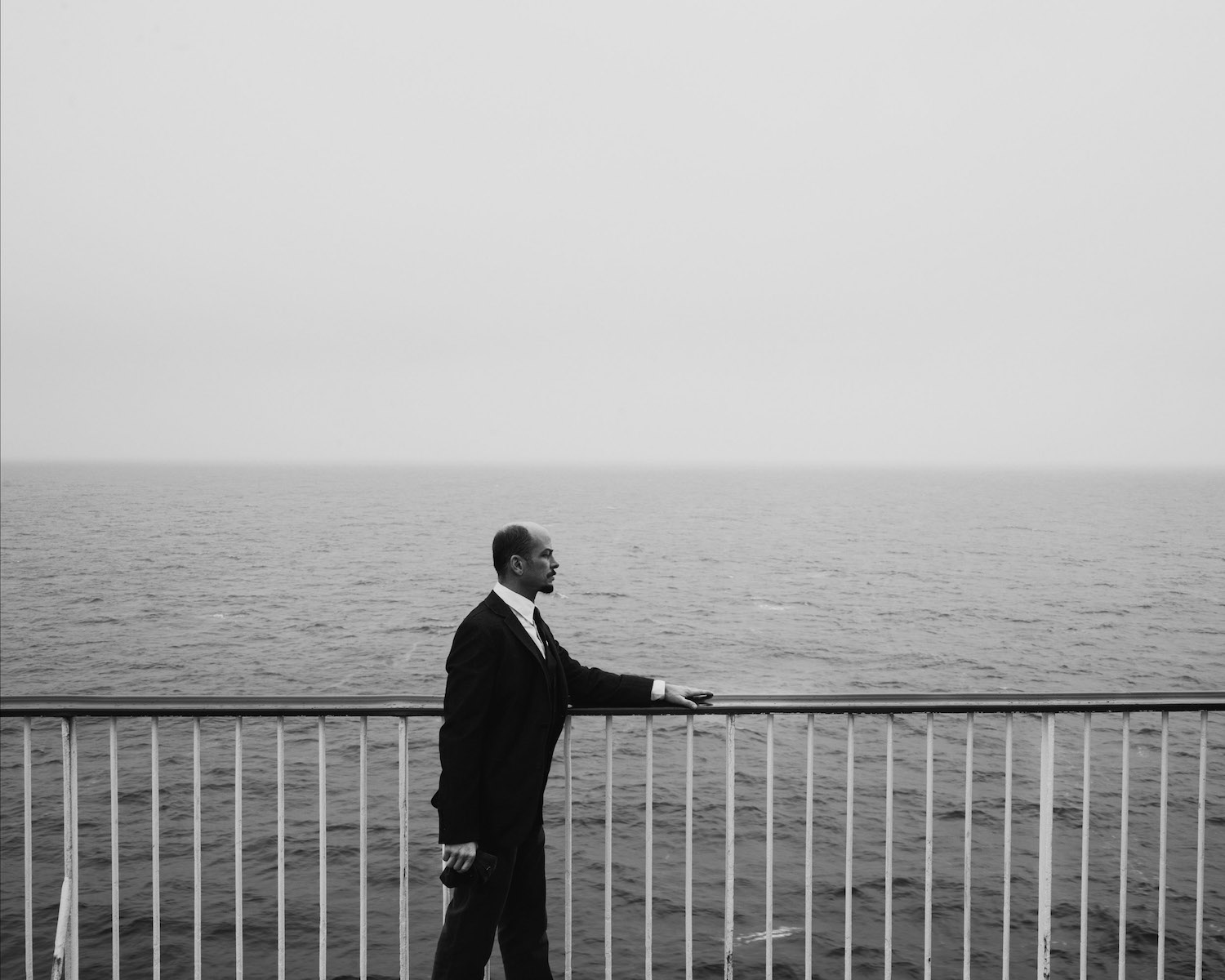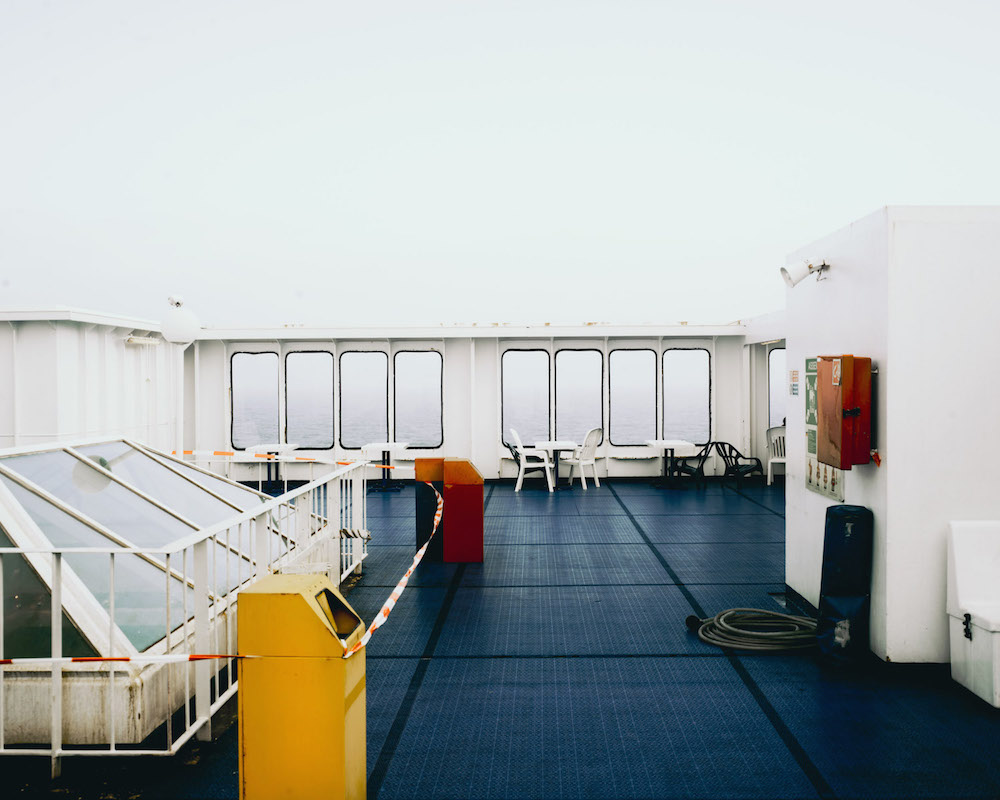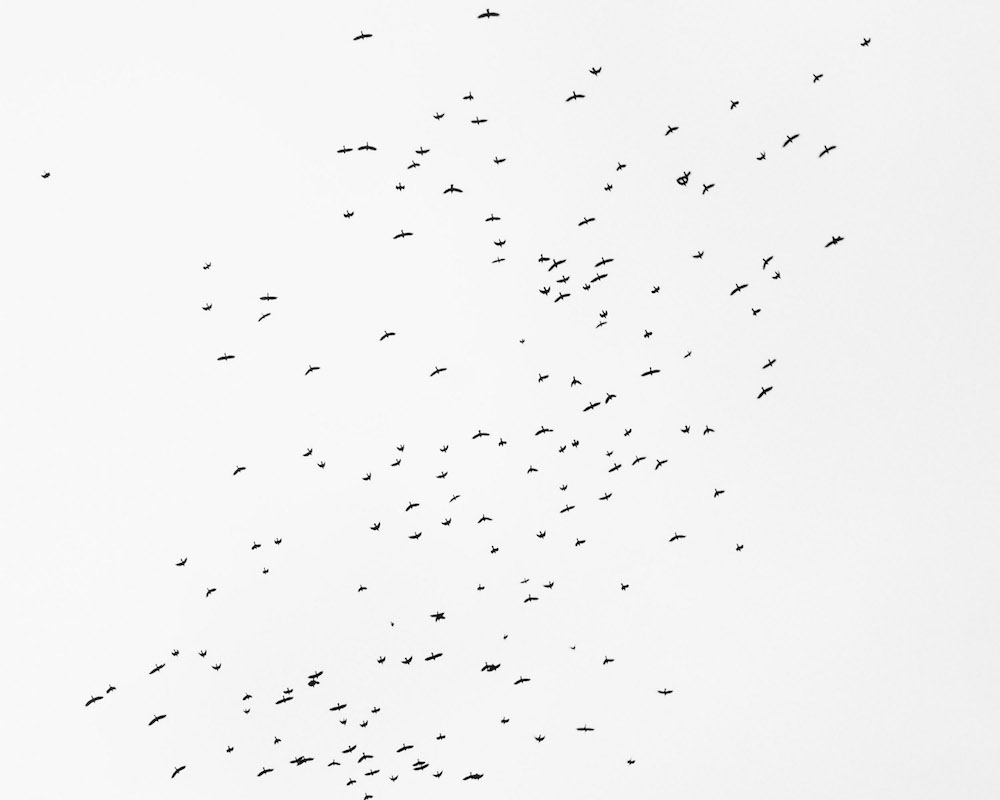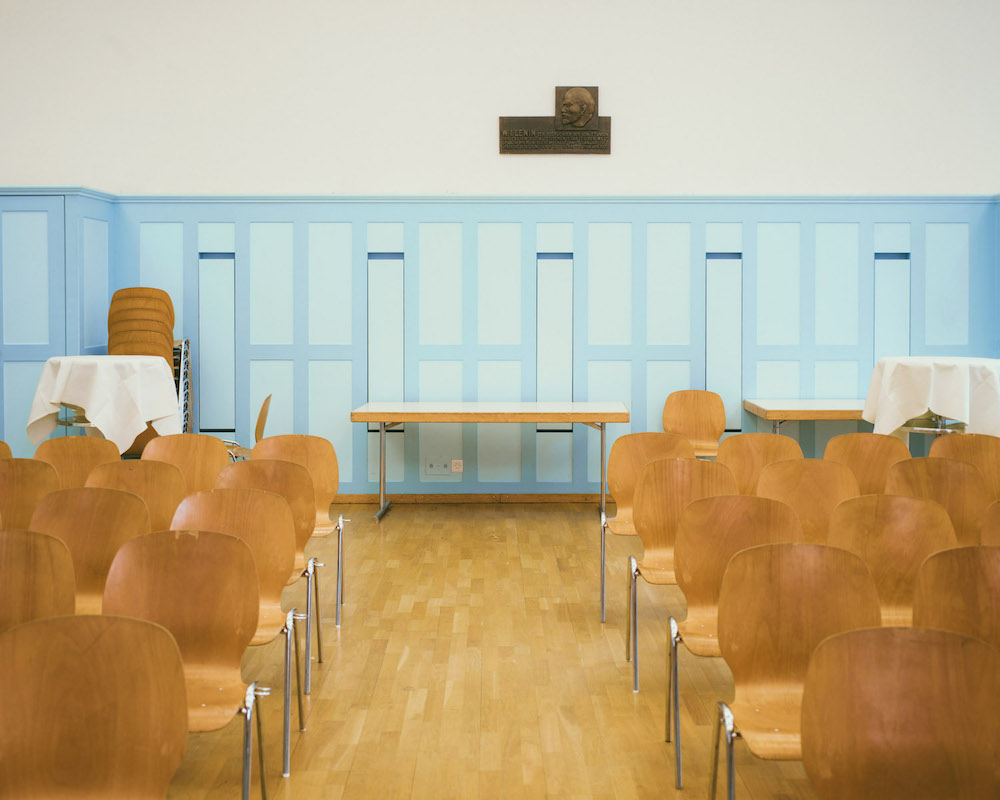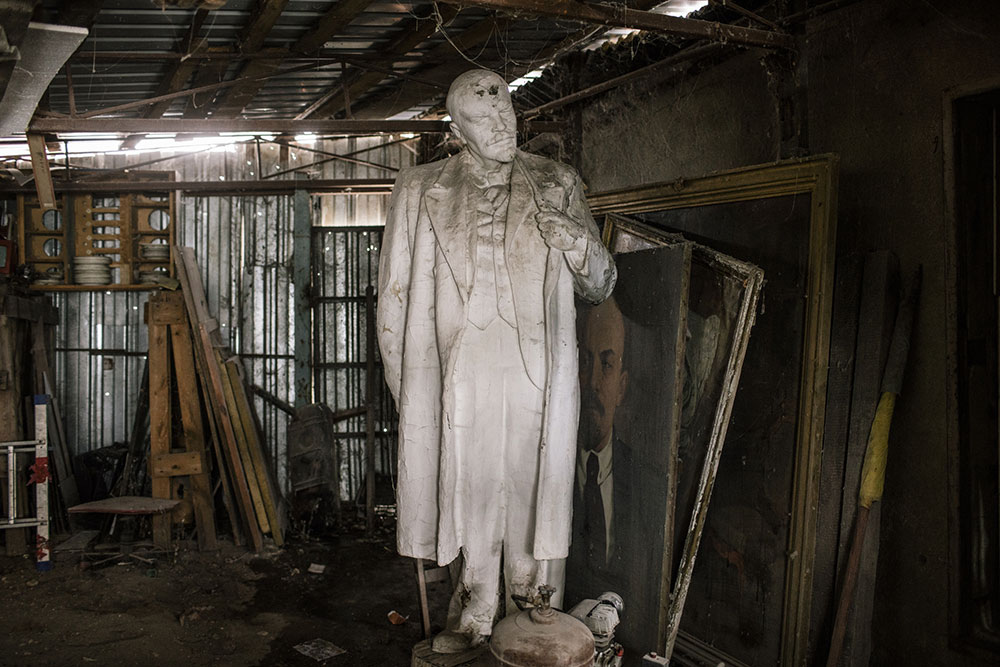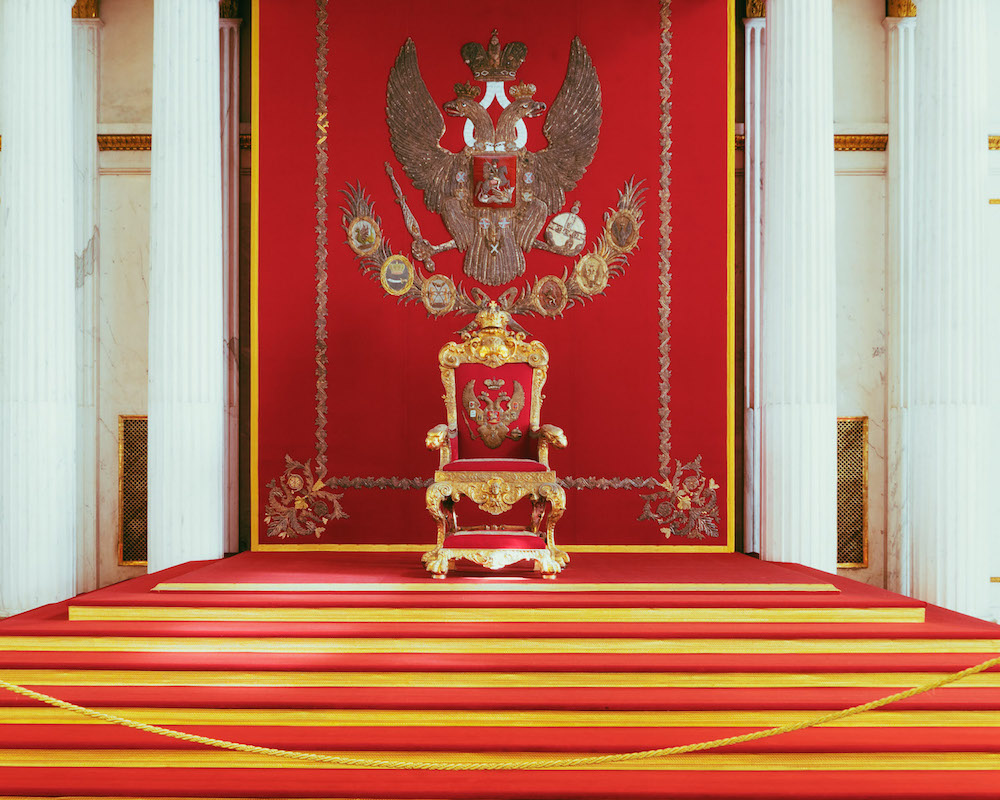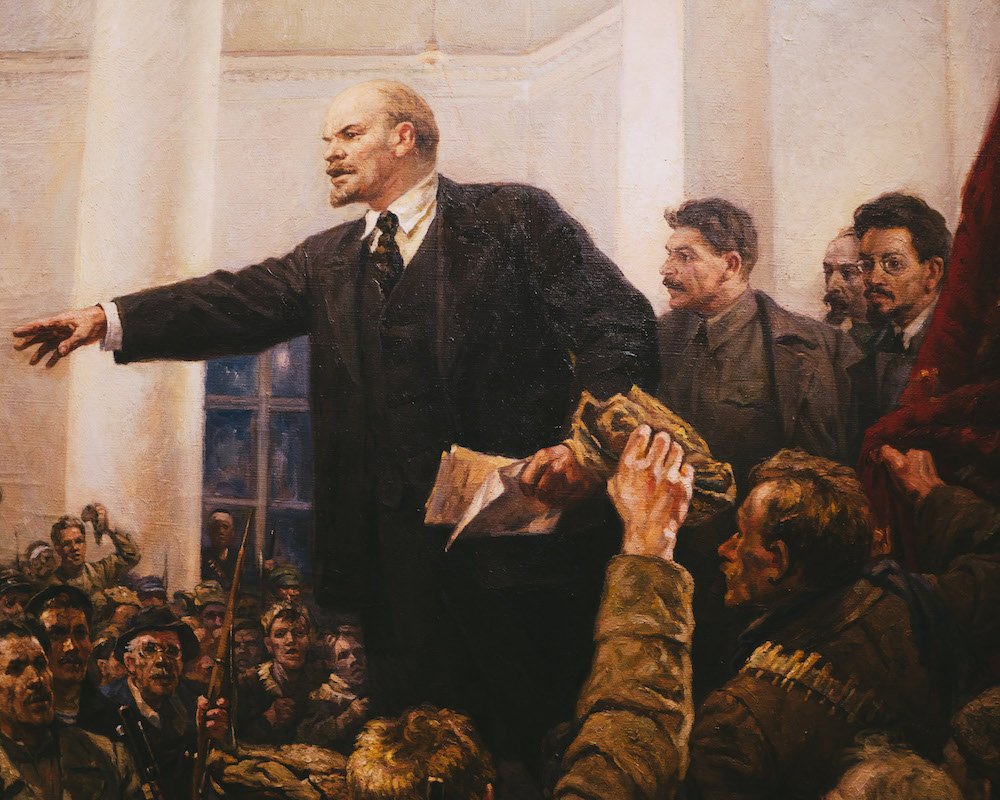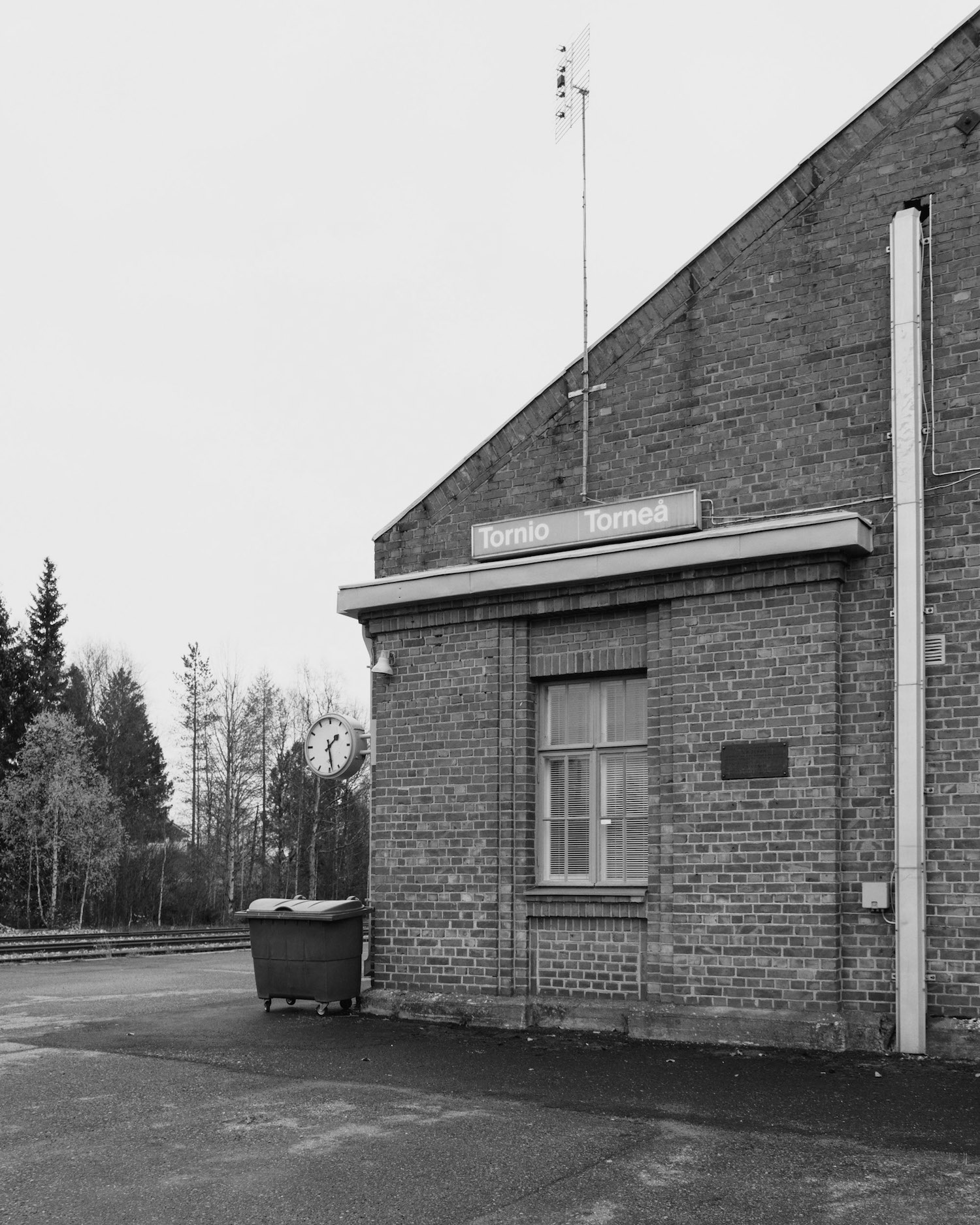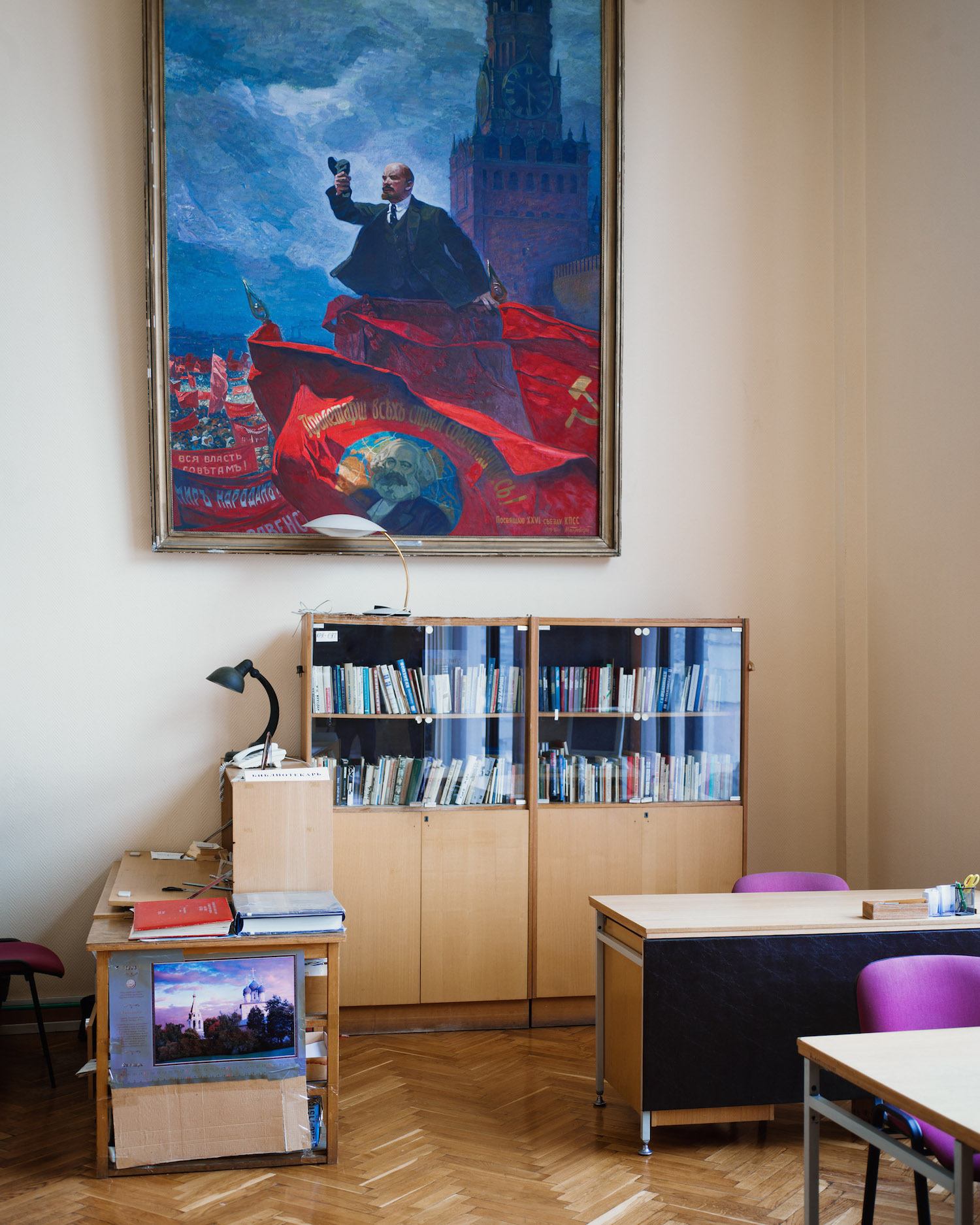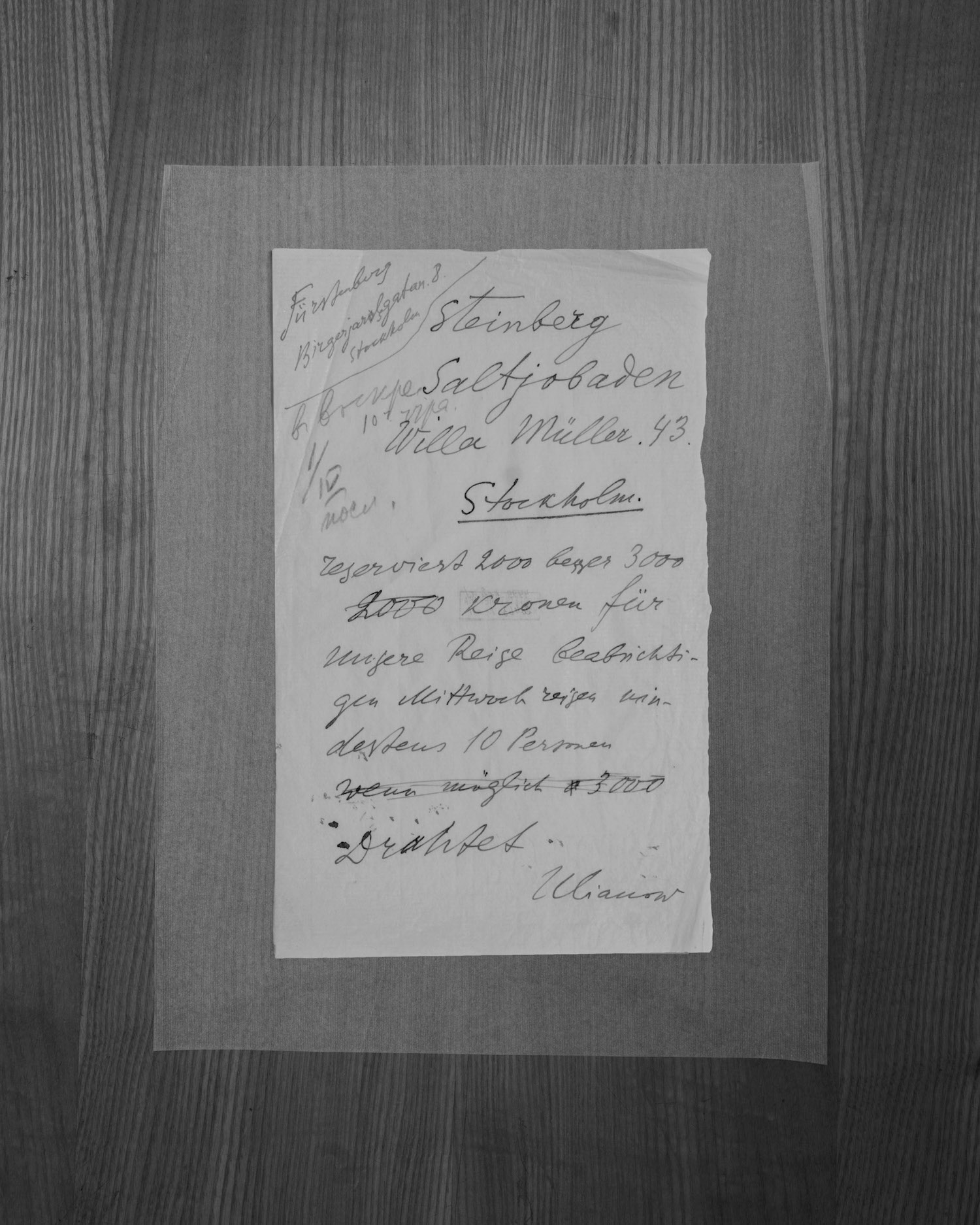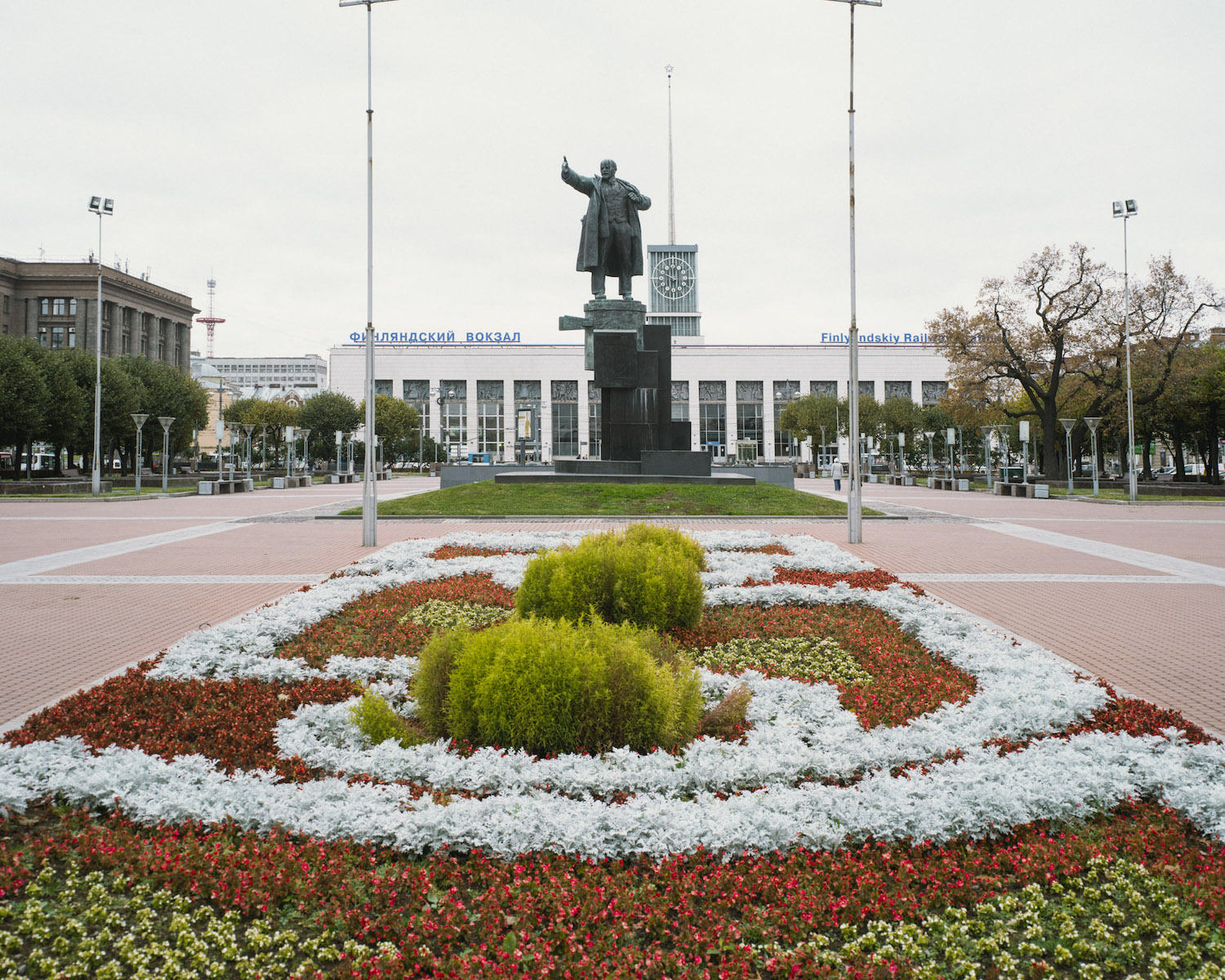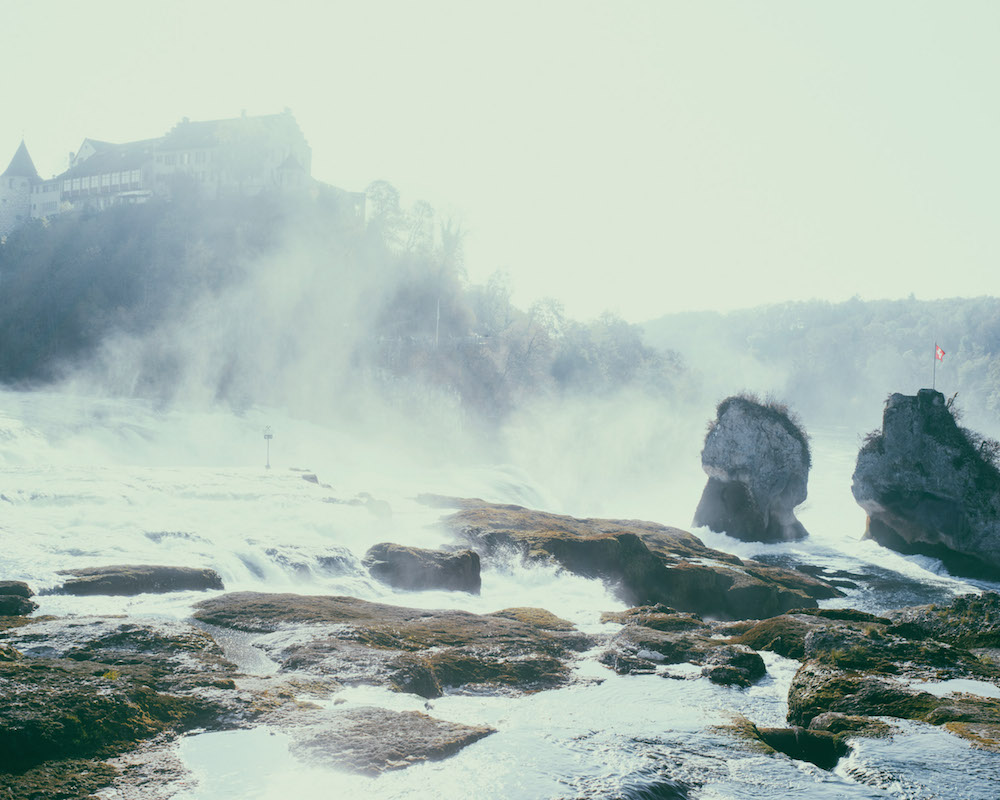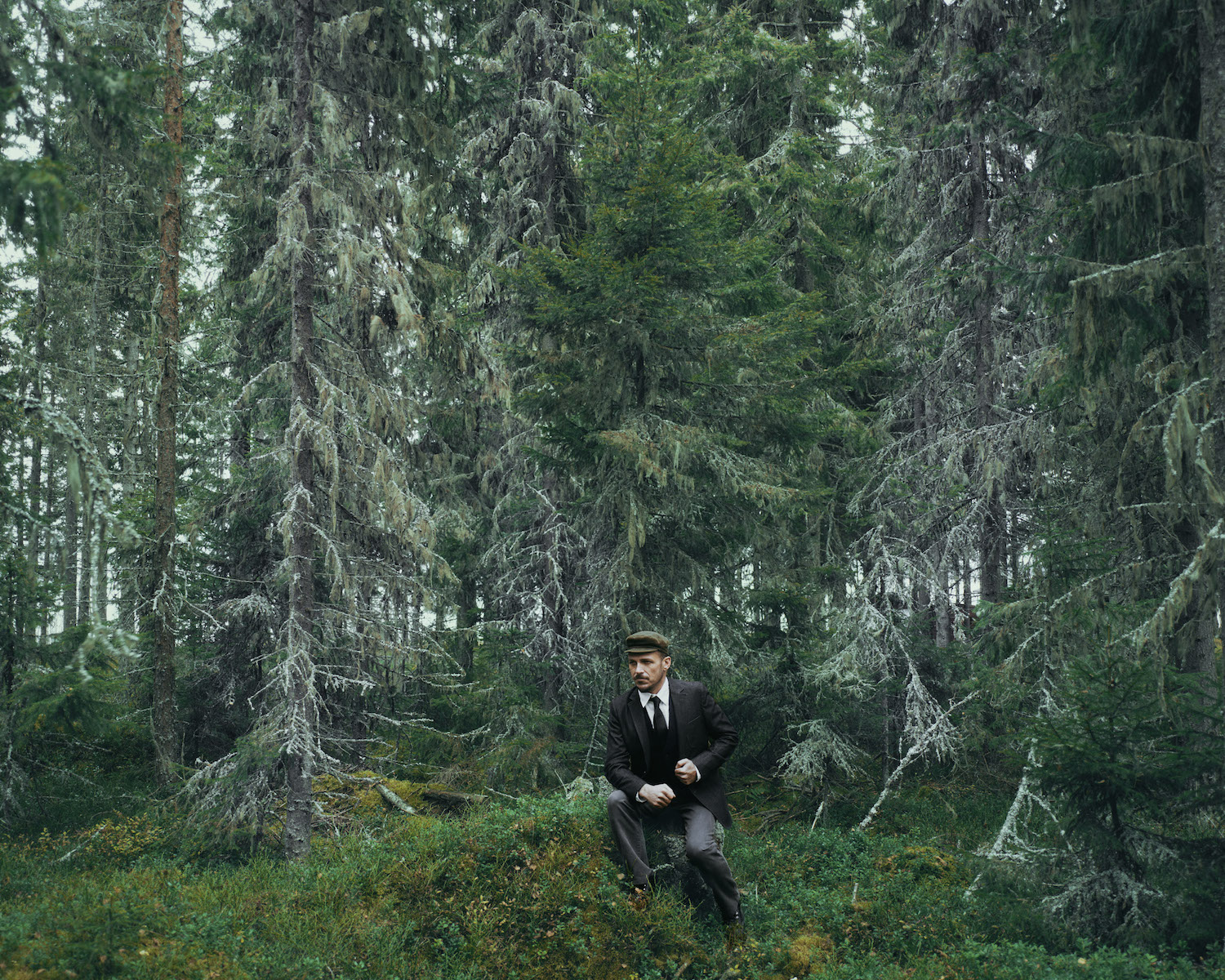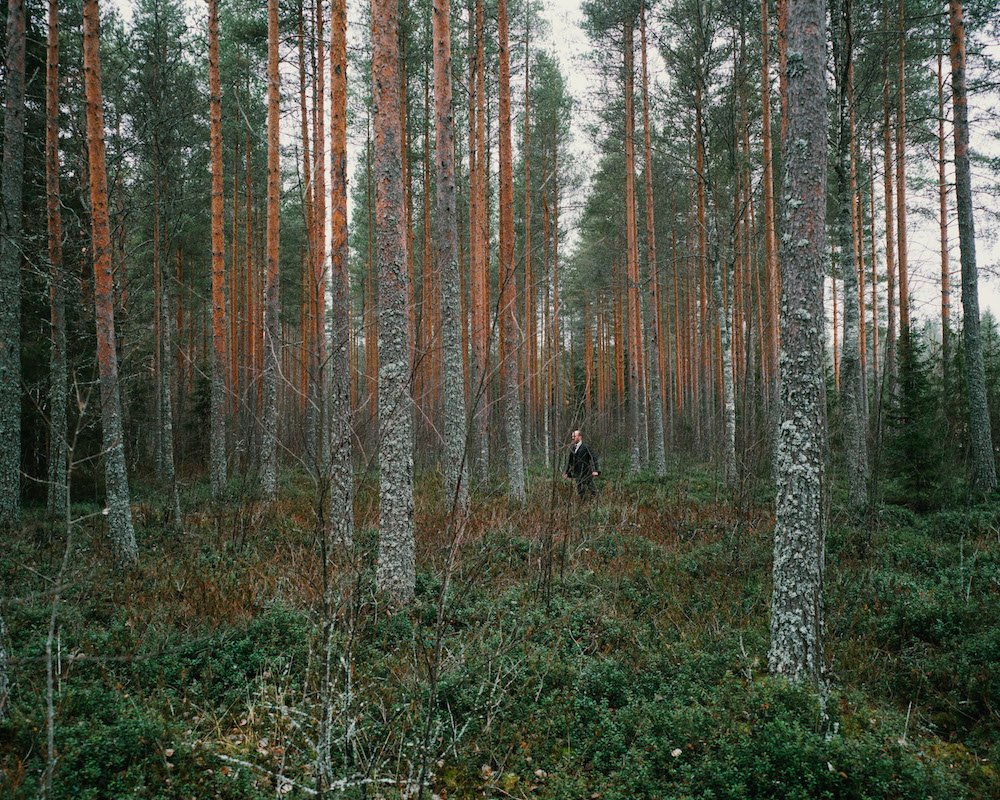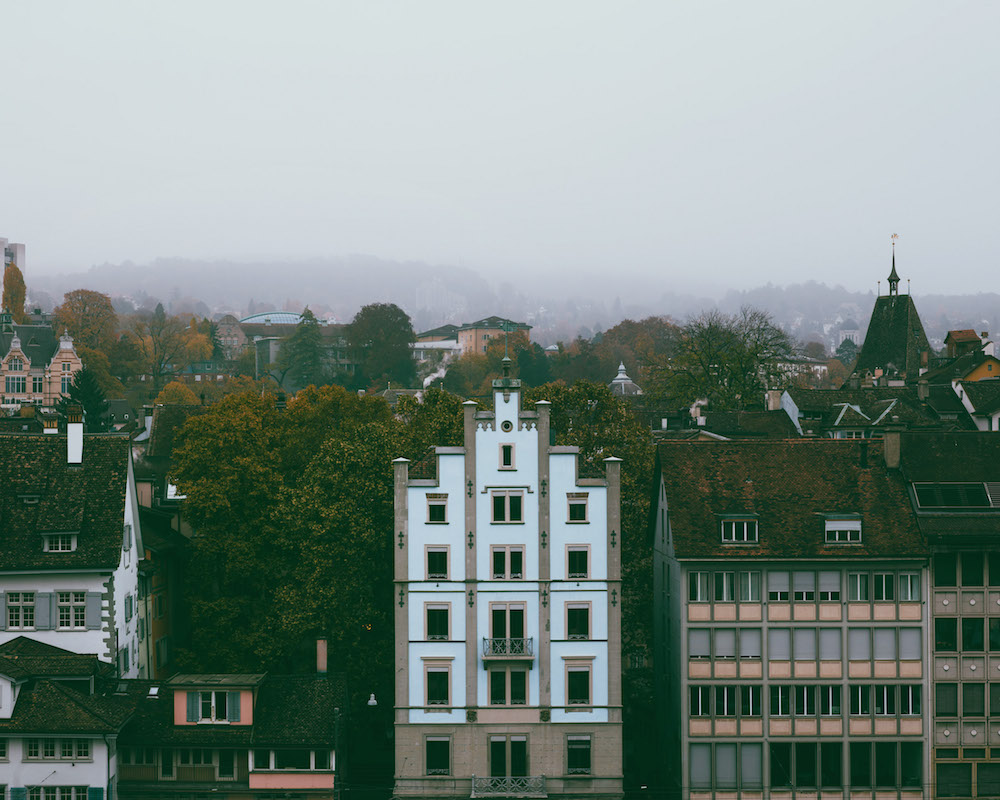Lenin’s homecoming: retracing the Bolshevik’s journey back to Russia to lead the revolution
Photographer Davide Monteleone restages Vladimir Ilych Ulyanov's journey home from Zurich, after a decade in exile
On 9 April 1917, Vladimir Ilych Ulyanov — better known as Lenin — was waiting to board a train back to Russia at Zurich station, after spending over a decade in exile in Western Europe. The German authorities had agreed to help Lenin and 35 fellow revolutionaries cross into Germany. It’s likely that Lenin didn’t think he’d ever arrive in Petrograd, fearing imminent arrest. The journey through Germany, Sweden and Finland by train, ferry and horse-drawn sled took a week in total. This trip is often remembered as nothing more than a precursor to the events that would follow seven months later. Yet it was during this week-long trip that Lenin drafted the seminal document, known as the “April Theses”, that would serve as a catalyst for the October revolution. What if Lenin hadn’t taken that fateful journey? Would the history of Russia, of the world, have been the same?
“I think a lot of people have posed these questions,” Davide Monteleone tells me over a Skype call from Moscow, where the Italian photographer has been based for the last 17 years. First arriving in Russia as a correspondent in 2001, he has traversed the entirety of the country, reporting from Moscow to Murmansk, the Caucasus to the Far East — as well as travelling the length of the Iron Curtain. When the Smithsonian commissioned Monteleone to trace Lenin’s journey home earlier this year, the photographer did all the necessary research in order to find the exact place names and locations involved — visiting the Russian State Archive of Political History and reading histories such as To Finland Station by Edmund Wilson and The Sealed Train by Michael Pearson. Though Lenin didn’t keep a diary, he wrote telegrams to fellow revolutionaries, revealing details of the trip. “The telegrams they used to exchange with each other, it’s like Whatsapp today. They’d sometimes sending four or five a day,” the photographer jokes.
However, once Monteleone embarked on the trip, he found no other traces that the journey had ever taken place: “I couldn’t find Lenin anywhere apart from the archive. You go to Switzerland and apart from a bronze plaque on a house in where he lived, there’s nothing.” Compared to past projects, which have relied on on-the-ground reporting — such as Spasibo, his monograph on Chechen life under Ramzan Kadyrov’s dictatorship — there was no way to approach this story “in a typical documentary way”. So Monteleone had no choice but to fill in the gaps. Deviating from his original photographic assignment, he decided to develop the series in a different way: “I decided to fill the missing Lenin with myself. I took a look at myself in the mirror and thought, sure, I could pass as Lenin.”
The resulting series, collected in the book The April Theses designed by Hannah Feldmeier and published in July this year, is a mix of landscape photography, archive material and self-portraits posing as historical photographs. It is somewhere between a factual catalogue, containing the original text of the April Theses and an index to the sources, and the fantastical origin story of a man who, after this journey, would assume the leadership of 160 million people. Besides the hypothetical “what if” question driving the book, Monteleone explores the mechanisms that go into the making of an idol and the preservation of his legacy. Lenin represents perhaps the pinnacle of this phenomena: Lenin has been honoured in street names and tacky souvenirs, Socialist Realist prints, posters, monuments and paintings, while his body is embalmed and exhibited in a mausoleum on Red Square. In August this very project by Monteleone was exhibited alongside work related to the image of the revolution’s iconic leader, by visual artists such as Andy Warhol, Yevgeniy Fiks and Victoria Lomasko and others. Did Monteleone feel any pressure in taking on the main role in one of the most enduring and spectacular personality cults of modern history?
“I didn’t want to interpret Lenin in any way. It came mostly from my interest and my desire to find a different narrative to the story. I’d say I’m interpreting the images of Lenin, rather than Lenin himself. I spent some time looking at the archival pictures of Lenin and replicating them in a forest or on a boat. What struck me was he was always depicted in one way, even in painting. There was rarely a human aspect in it.” Though Lenin was, according to his letters, documents and photos, a man stoically committed to the revolution, the archive does reveal some insight into the “real” Ulyanov. “One of the most amusing things I’d found was Lenin’s gas bill, from the period he was living in Zurich. In a way this little detail makes him very human to me, which is something I’d never realised he was. I think most people think about Lenin as not even being a real person. When someone’s so iconic, it’s like every human aspect of his life has been removed from memory and history. This was a process started during his lifetime, in a way.”
While the subject of this book is Lenin’s return from exile, chosen to mark the 100 year anniversary of the Russian Revolution, the series holds up a mirror to modern Russian society, especially the ways it deals with history. In the last few months, we’ve already seen an attempt by Orthodox activists to ban Alexey Uchitel’s contentious upcoming historical drama Matilda, which stands accused of “slandering” the image of Nicholas II. For Monteleone, the book has come out of a desire to reflect on the subject of history. “I think it is really difficult for me to capture visually what is happening in Russia. Dealing with the past has become the country’s Gordian knot. I notice it when there is revival of imperialism, or when there is a condemnation of the Soviet Union, or when there is a revival of some specific character from the Soviet Union, whether Stalin or Lenin. I think it is very important to look at the past in order to understand what may happen in the future. Of course this is not my intention with the book. I am not trying to solve it in any way. It’s more of a personal reflection,” he concludes.
The April Theses by Davide Monteleone is out now and available here.
Text: Liza Premiyak
Image: Davide Monteleone
